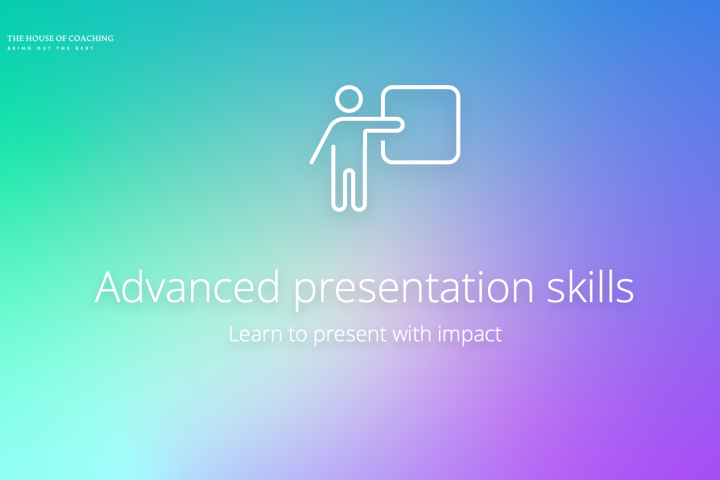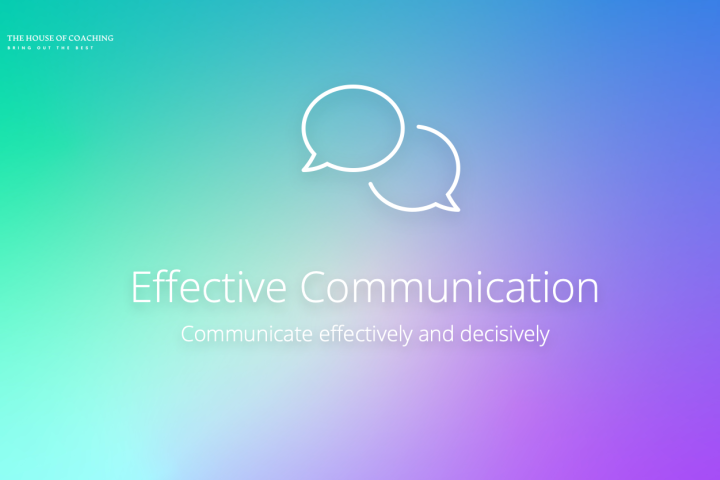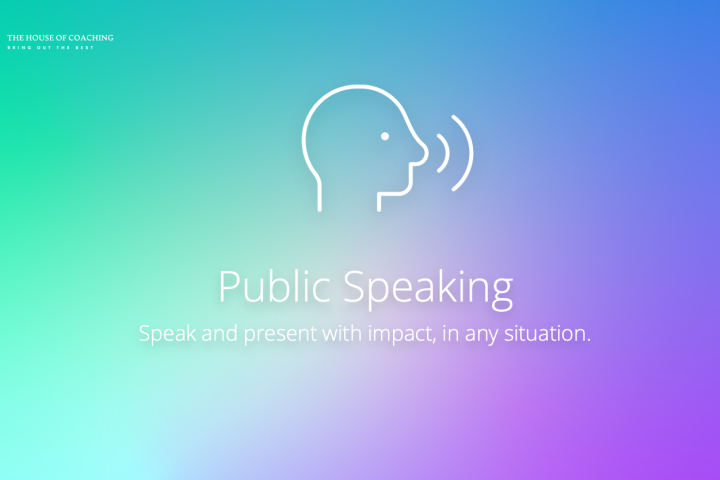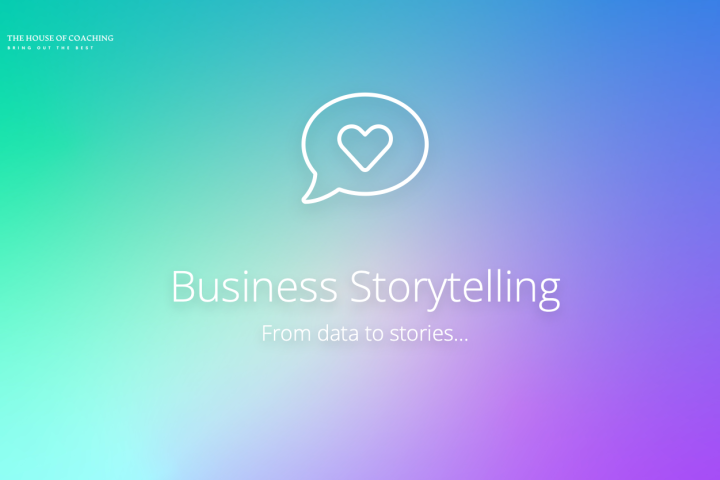

You've got the Stopping Power!
Imagine a quiet street, where the rhythm of the day is determined by passers-by, the rustling of leaves and the occasional ring of a bike bell. My desk at the large window on our street is my favourite place in the house, where the world inside and outside meet Here I always sit; musing on the outside world that feeds my inner world with mental oxygen and inspiration.
The power of an eye-catcher
This weekend, windowsill and desk brought a new scene. Between the usual ballpoint pens and notebooks, Christmas wraps and twinkling lights suddenly nestled in. A subtle but thoughtful change with an unexpected effect: people who would normally walk by undisturbed, now stood still. Their gazes caught by the glow, their curiosity piqued by the unexpected. And there, among the packages and festive greenery, they discover something more - the logo of The House of Coaching.
It is a simple example of 'Stopping Power' - a term borrowed from the world of advertising, but oh-so-too-applicable in all kinds of facets of our lives. It is about the ability to break someone's autopilot, to create a moment of stillness in the constant flow of movement and stimuli.
How is it that some things capture and hold our attention, while others go unnoticed? And more importantly, how can we harness this phenomenon to increase our impact during presentations, training and coaching sessions?
Invisible in the crowd
In a world that never sleeps, where information floods us from all sides, it has become a true art to still stand out. Whether in a shop window in a busy shopping street or in the first seconds of an online presentation, we are constantly competing with thousands of stimuli for our audience's precious attention.
Forgotten wo(o)rden?
It is a feeling that many of us know but few can name. You have carefully prepared your presentation, every slide is a masterpiece, every sentence is weighed and thought through. And yet, when the moment comes, you feel the attention slip away. Your audience's eyes wander, their thoughts carried away by the stream of digital notifications and internal to-do lists.
This is the silent battle we fight in meeting rooms and training rooms, the battle to be seen and remembered. It is the frustration of forgotten words - spoken, but not heard; presented, but not seen. It is the feeling of being inconspicuous even when you are in the spotlight.
In organisations where everyone is vying for a spot in the spotlight, it can feel like you are constantly swimming against the current. Your ideas are valuable, your insights are sharp, but without 'stopping power' they disappear into the background noise of the daily hustle and bustle.
It is a painful moment of realisation when you discover that not only your words, but also your potential, are forgotten. It is a wake-up call that cries out for change, for a new way of communicating that breaks through the barrier of indifference.
From invisible to unforgettable
The secret to going from invisible to unforgettable lies in the principles of stopping power that our marketing masters have used for decades. Now you can take these principles from billboards to boardrooms; from ads to interactions in your daily interactions.
Yes, it can be terrifying. The idea of stepping out of your comfort zone and doing something unconventional during a presentation can feel like making a fool of yourself. But isn't it even more frightening to be forgotten? To have your words disappear into the echo of the mundane?
Make every task, every presentation, every training session your mission to be seen! This does not mean shouting for attention; it means whispering in a way that is deafening.
Show, Don't Tell
Humans are visual creatures. We are attracted to images that tell a story, evoke emotions and make us feel something. Use this to your advantage. Make data come alive with infographics, have your words supported by powerful images. Show, not just tell.
Break the pattern
Our brains are programmed to follow patterns. When something breaks this pattern, we are compelled to pay attention. This can be as simple as an unexpected silence in the middle of a sentence, a sudden change in your presentation style, or a question no one saw coming.
By using these techniques, you create moments that stick, that resonate and that people will remember long after the presentation is over. It's your moment to shine, to use your stopping power and leave an indelible impression.
More Stopping Power
- Start with a Bang: Start your presentations or meetings with an unexpected anecdote, a powerful quote or a provocative question. This sets the tone and attracts immediate attention.
- Be Visual: Integrate relevant and striking visual elements into your communication. An unexpected image or a powerful graphic can say more than a thousand words.
- Create Contrast: Alternate between different communication styles and media. Contrast holds attention and makes your message memorable.
- Use the Power of P a u z e s: Pauses can be as powerful as words. They give your audience time to process information and increase the impact of your next points.
- Set Questions: Engage your audience by asking questions. This encourages interaction and holds attention.
You've got the Power!
Whether you want to sharpen your skills in Visual Storytelling, take your presentation techniques to the next level, or embed effective communication in your DNA, we have the resources to help you do it!
Discover our many Coaching Cards and start your journey to unforgettable communication today. Imagine: the next time you speak, everyone in the room will see you and only you. They hang on your every word, not because they have to, but because they want to. That is your power. That's your 'Stopping Power'!




